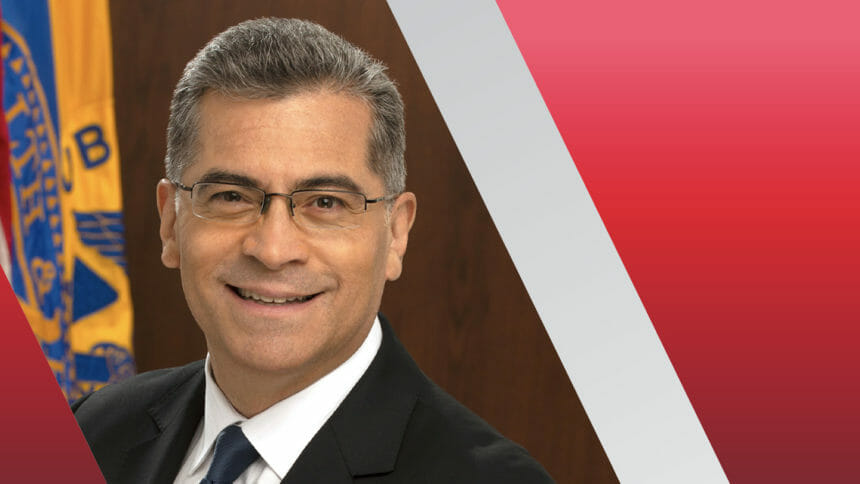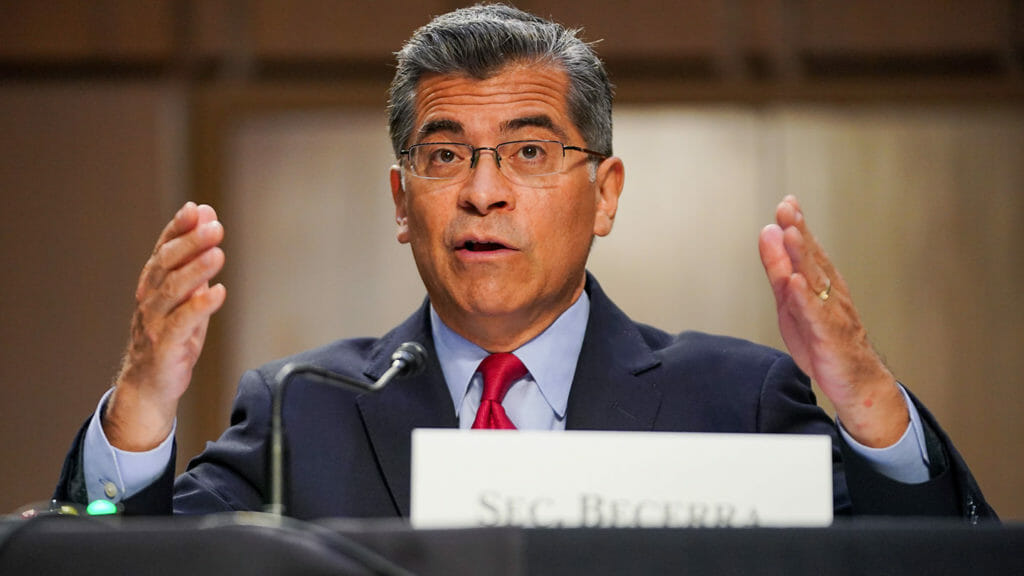
The federal government will extend the COVID-19 public health emergency declaration until at least April, according to published reports.
The development would be roundly applauded by long-term care operators, and other healthcare providers.
American Health Care Association / National Center for Assisted Living President and CEO Mark Parkinson said in August that the sector sorely needed extensions until at least April to create a bigger window to lobby state legislatures to enrich their Medicaid pay rates.
“Our hope is that many of the states that have had Medicaid add-ons would convert those add-ons into the base Medicaid rates,” he told McKnight’s. “That will be a big push of our affiliates in the first three months of 2023. If the public health emergency ends at the very beginning of 2023 and state legislators haven’t acted yet, it’s going to be a very tough time.”
What’s at stake
The PHE designation, with its numerous waivers, enhanced funding and telehealth allowances, has been a lifeline to long-term care operators.
Critical to nursing home operators in at least 15 states are waivers that allow them to retain temporary nurse aides without full certification; most of those waivers expire with the end of the PHE.
The emergency status will extend beyond January in order to allow more time to transition off of the vast federal assistance, according to an unnamed administration official cited in a Reuters report Friday. There also is the possibility of a winter surge in COVID cases in January, which is not a time to take away aid, an administration official told Reuters.
Federal health leaders have said that they would give states at least 60 days’ notice before letting the PHE expire. That means they would have had to have given notice by Friday if the designation was not going to be renewed after its currently authorized window ends Jan. 11, 2023.

Credit: Photo by Greg Nash- Pool/Getty Images
The national health emergency was originally declared in January 2020 and since then has been extended every 90 days, or 11 times. In August, health officials met with insurers and pharmaceutical companies to discuss the eventual shift of COVID vaccines and treatments to the private sector, fueling talk that the PHE would be allowed to lapse in January. But by October, Health and Human Services Secretary Xavier Becerra said that trending COVID conditions would dictate what action might be taken. About a dozen states still have separate public health emergency orders in play. Industry watchdog groups have estimated that when the PHE expires, millions of individuals will fall from the Medicaid rolls.
Case and death rates
As of last week, an average of more than 330 people a day were dying from COVID-19, with more than 41,000 a day reporting infections. Nursing homes have been reporting more than 10,000 cases weekly since mid-October, per CDC data. Amid an uptick since September, facilities have been grappling with ongoing vaccination needs.
Just over 42% of residents were considered fully vaccinated, meaning they’d received all boosters for which they’re eligible, as of Oct. 30. The fully vaccinated rate among staff is at only 24.7%, according to the Centers for Medicare & Medicaid Services.
While deaths are forecast to stay about the same level through winter, the daily US cases are expected to gradually rise to 70,000, according to an October forecast from the Institute for Health Metrics Evaluation. Other healthcare observers have noted that hospital admissions are expected to rise nearly 40% the first two weeks of November.




